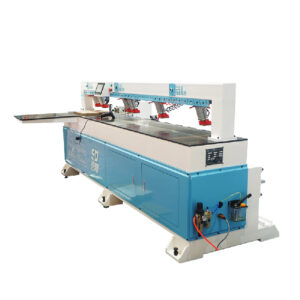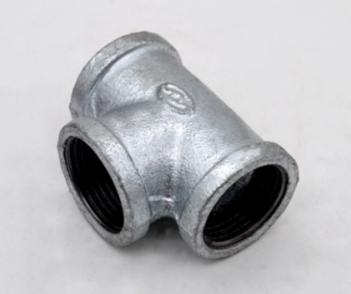How does woodworking drilling machinery adapt to different drilling angles and depths?
Woodworking drilling machinery adapts to different drilling angles and depths through various mechanisms and adjustments:
- Adjustable Table or Work Surface: Some woodworking drilling machines feature adjustable tables that can tilt or pivot, allowing drilling at different angles. This flexibility accommodates angled drilling for specific designs or joinery.
- Drill Head Adjustments: The drilling head in many machines can be adjusted vertically or horizontally to change the drilling depth or angle. This adjustment capability enables drilling holes at various depths and angles as needed.
- Swiveling Drill Presses: Certain drill presses have swiveling heads that can be angled to the workpiece, allowing drilling at different angles without repositioning the material.
- Rotating or Tilting Bases: Some drilling machines have bases that can rotate or tilt, providing versatility in drilling angles. This feature is particularly useful for angled holes or joints.
- Variable Speed and Feed Rate Control: Controlling the speed and feed rate of the drilling machinery allows operators to adjust drilling parameters based on the material, angle, and depth, ensuring optimal results.
- Custom Jigs and Fixtures: Using customized jigs or fixtures designed for specific drilling angles or depths helps ensure accuracy and consistency when drilling at non-standard angles.
- Depth Stops or Limiters: Depth stops or limiters on drilling machinery control the depth of the drill bit penetration, enabling precise drilling at consistent depths, even when drilling at various angles.
- Indexing or Positioning Systems: Advanced drilling machinery may incorporate indexing or positioning systems that allow for precise angle adjustments and accurate drilling at predetermined angles.
- Digital Controls and Programmable Features: Some modern woodworking drilling machinery is equipped with digital controls and programmable features that allow operators to set precise drilling angles and depths for automated operations.
By utilizing these mechanisms and adjustments, woodworking drilling machinery offers versatility and adaptability, enabling operators to drill holes at different angles and depths according to specific design requirements and woodworking applications.
How has technology advanced in woodworking drilling machinery over recent years?
Technology advancements in woodworking drilling machinery have brought about several notable improvements in recent years:
- Automation and Computerization: Integration of computer numerical control (CNC) technology has revolutionized woodworking drilling. CNC systems offer precise control, allowing for automated drilling operations with high accuracy and repeatability.
- Digital Controls and Programmability: Modern drilling machinery features digital controls that enable operators to program drilling parameters such as depth, angle, and speed, enhancing precision and customization.
- Enhanced Safety Features: Recent advancements focus on improving safety with the implementation of more sophisticated safety features, emergency stops, and automatic shut-off mechanisms to prevent accidents.
- Adaptive Tooling and Bit Technology: Advanced tooling and drill bit technology, Woodworking Drilling Machinery supplier including carbide-tipped bits and specialized coatings, enhance durability, lifespan, and cutting efficiency, resulting in cleaner and more precise holes.
- Smart Sensors and Monitoring Systems: Incorporation of sensors and monitoring systems allows real-time tracking of drilling processes, enabling operators to detect deviations or issues, thereby optimizing performance and reducing errors.
- Integration of Robotics and AI: Some woodworking drilling machinery is integrated with robotic systems and artificial intelligence (AI) for improved automation, efficiency, and adaptability in complex drilling tasks.
- Energy Efficiency and Sustainability: Recent advancements focus on energy-efficient designs and sustainability measures to reduce environmental impact, including the development of eco-friendly machinery and recycling systems for waste management.
- Improved User Interfaces and Ergonomics: Machinery interfaces have become more user-friendly, featuring intuitive controls, touchscreens, and ergonomic designs, facilitating ease of operation and reducing operator fatigue.
- Remote Monitoring and Connectivity: Some modern drilling machinery allows remote monitoring and connectivity, enabling diagnostics, maintenance checks, and performance monitoring from remote locations.
- Adaptability and Customization: Advancements have provided machinery with increased adaptability and customization options, allowing for versatile drilling capabilities catering to diverse woodworking needs.
These technological advancements in woodworking drilling machinery contribute to increased efficiency, precision, safety, and flexibility in operations. They also offer opportunities for improved productivity and quality in woodworking processes while aligning with evolving industry demands and sustainability requirements.



